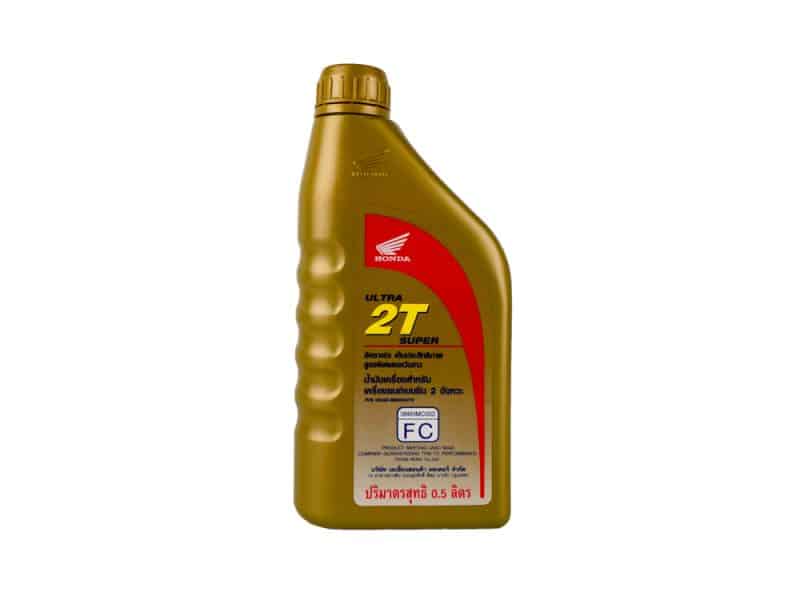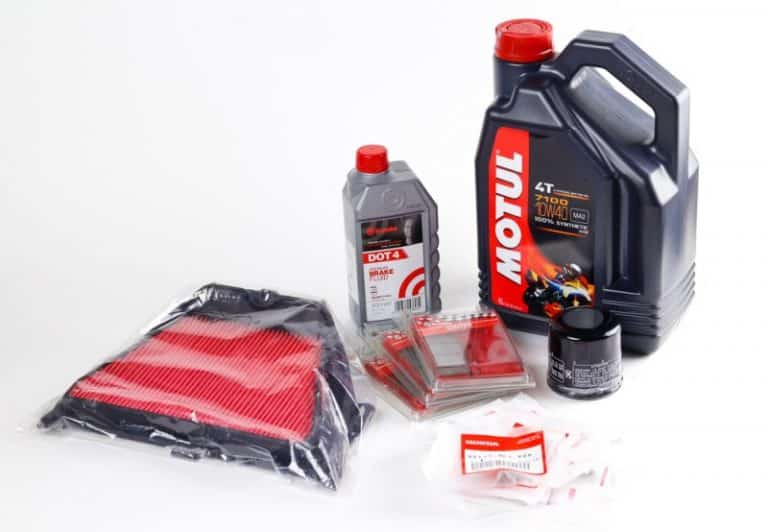Does Honda Recommend Transmission Fluid Change? (Let’s See)
No matter the model of the car you are using under the Honda brand, the transmission is essential.
The transmission is what changes the gear of your vehicle; it transports power from the engine to the wheels of the car to facilitate movement.
The Transmission fluid allows a vehicle to move between gears effortlessly without much wear and tear on the parts.
Our automobiles will not function correctly without a sound transmission system and the proper transmission fluid.
Does Honda find it necessary for these fluids to be changed every once in a while? Let’s find out.
Honda recommends transmission fluid change. Under harsh conditions, Honda advises that you should change the transmission fluid after every 37,500 miles and every 120,000 miles under regular conditions.
Does Honda Need Transmission Fluid Change?

Your Honda surely needs a transmission fluid change. If you plan to keep using your Honda for an extended period, then this is something that you should do optimally.
Take note that the transmission fluid doesn’t need to be changed as often as you would change your engine oil.
Many people are aware of the need to replace the engine oil but do not know that changing the transmission fluid is also essential.
Generally, there are two major types of vehicle transmission fluid: automatic and manual transmission fluid.
#1. The Automatic Transmission Fluid
The automatic transmission fluid is specifically for vehicles with automatic transmissions.
The use of the automatic transmission fluid serves as a gear lubricant, prevents overheating clutch friction, and helps transmission cooling.
Owners can also use the automatic transmission fluid in the newer models of manual transmission vehicles.
#2. Manual Transmission Fluid
This transmission fluid is designed by producers for vehicles with manual transmission.
It serves as a lubricant that protects the gears and clutch packs inside a vehicle’s transmission.
Honda Accord transmission fluid replacements are necessary to keep your vehicle’s gearbox lubricated. And even you might need special fluid to keep the brake active, isn’t it?
If you don’t check your fluids at least once every 30,000 miles, your Honda Accord transmission may start to slip.
Because automatic transmissions generate more tremendous heat, you need to replace the fluid in your transmission frequently.
If you don’t change the transmission fluid in your Honda Accord, broken metal shavings and other corrosive particles will spread throughout the transmission’s components.
Therefore, you should check the fluid levels regularly to know when there’s a need to replace them.
Does Honda Recommend Transmission Fluid Flush?
Honda has advised against transmission fluid flush, except it is very necessary.
The reason for this is that Honda wants to avoid solutions, additives, and non-Honda transmission fluids in its transmission operation.
A transmission flush involves flushing old automatic transmission fluid (ATF), sludge, and filth out of a vehicle’s transmission, then replacing it with new fluid.
It is a maintenance procedure that involves draining all of the oil from the transmission and replacing it with fresh oil. The above-mentioned technique might sound like a good option.
Still, according to the Honda service manual for mechanics, it is not advisable to use a transmission fluid flush for any Honda vehicle.
Furthermore, even if their factory-trained mechanic does it, Honda does not recommend flushing their automatic transmissions.
So before agreeing to do a transmission flush on your Honda, make sure you first check the owners’ manual.
How often should Honda Transmission Fluid be changed?
According to most automobile experts, Honda owners should endeavor to change their vehicle’s transmission fluid between every 60,000 and 100,000 miles.
However, if your car has a manual transmission, it may need to be changed sooner, around 30,000 miles.
The weather condition of the area you’re driving in and what you use the car for could also determine how often you ought to change your transmission fluid for maximum effectiveness.
For instance, if you frequently drive in harsh conditions and climates and use your car for towing purposes virtually every day, you may need to replace the fluid every 15,000 miles.
Your transmission fluid does not need changing as frequently as your motor oil, but it is necessary to monitor it and check it regularly.
You’ll notice a decrease in performance when shifting or engaging into gear if your transmission fluid levels have dropped or it has started to break down.
In addition, the gear and internal parts will begin to grind together, increasing the risk of damage. When this happens, it’s a sign that the transmission fluid needs to be changed.
Another sign that you need to change your transmission fluid is when it is dirty and there are particles.
A way to find out for an automatic transmission is by pulling out the transmission’s dipstick.
The dipstick test is for checking the fluid’s color, consistency, and level. The ideal color for transmission fluid is clear or pink-tinted.
If it’s a rich red or brown tint, it’s old and no longer useful nor effective. It would be best to change the transmission fluid to prevent damage to your transmission.
Transmission problems might occur if the transmission fluid in your car is not changed. A vehicle with a slipping transmission may not be able to deliver the highest possible performance.
Why Should You Never Flush Your Transmission Fluid?

Firstly, performing a transmission flush is very expensive.
Also, due to induced currents, flushing the transmission fluid may cause some fluid to flow in the opposite direction of normal flow, increasing the danger of debris becoming dislodged and settling somewhere it shouldn’t.
A transmission flush should serve as a maintenance measure, but according to the car’s manufacturer, Honda, a transmission flush is causing more harm than good. Instead, it is better to drain and fill.
The transmission fluid drains and fills simply entails draining the old fluid from the vehicle and replacing it with new fluid.
Performing a single drain-and-fill will replace approximately 45 percent of the ATF in the transmission.
Since the single drain accounts for 45 percent, the mechanic should repeat the operation three times to reach about 90 percent of the new fluid state.
You would have to specifically request it for this to happen, which would be very expensive.
New oil and sometimes cleaning solutions are put into the vehicle’s transmission during a transmission flush. Does Honda use Denso Parts?
However, Honda wants to avoid its users adding these cleaning solutions into the transmission of their cars because of the adverse effects that might result from them.
Honda does not recommend flushing your transmission fluid, even if it’s to be done by a fully certified mechanic.
HOW TO: Honda Transmission Oil / Fluid Change for 2018 -2021 HONDA CLARITY
Conclusion
One of the most complicated and hardworking sections of your car’s engine is the transmission.
The vehicle’s engine may require expensive transmission repairs if Honda owners do not perform proper maintenance.
To avoid repairs, it is advisable to stick to the maintenance tips put in place by your car manufacturer.
A number of chemicals in the transmission fluid help to protect the transmission’s interior workings from damage.
It also transports regular wear debris from internal components like clutches. Unfortunately, the chemicals degrade with time, accumulating dirt in the transmission oil pan.
Therefore, you should properly service the transmission regularly to ensure a long and healthy life.
To restore normal operation, have a trained technician conduct a transmission service.






